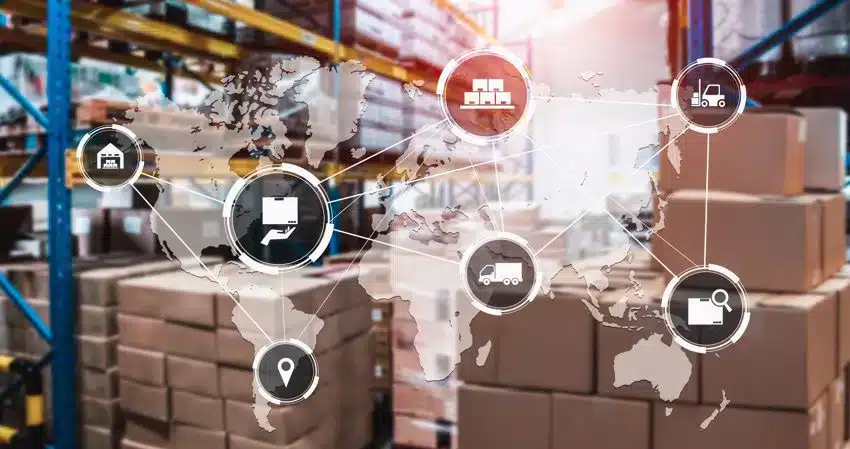What Is a Freight Audit?
A freight audit is straightforward in theory, but complex in practice. Simply put, a freight audit involves looking over invoices from transportation providers to ensure accuracy. Because a freight audit examines the invoices for billing errors, freight audit companies will usually offer to pay the invoices as well. Most of the time, having the people who check the pricing handle the payments is more efficient, and that’s why you’ll usually see freight audit services combined with payment options. The combined offering is more commonly known as Freight Audit & Pay (FA&P).
How Does a Freight Audit Work?
While it sounds simple, the complexity is in the details. The exact process can vary significantly between service providers, but here are the general steps in a standard freight audit:
Invoice Receipt:
The process starts with freight carriers submitting their invoices either directly to the shipper (if the audit is being performed in-house), or to their freight processor (usually a 3PL). Each carrier submits invoices in a slightly different way, but generally an outside freight processor or 3PL will be set up to handle EDI connections from multiple carriers, automating receipt of the invoices and eliminating manual processing.
Invoice Validation:
Upon receipt of the invoices, the next step is reviewing whether they were sent correctly. This involves checking for duplicates, verifying billing information, and confirming proper documentation. Shippers can also have their own internal business rules that need to be met for validation.
Rate and Service Audit:
Once the invoices are validated, the real fun begins. The crux of the freight audit is going through each individual invoice, line by line, and ensuring that shipments were charged correctly. This involves comparing rates and service levels against lengthy carrier agreements, and the detailed nature of this comparison is one reason many shippers turn to advanced logistics software to handle the analysis.
GL Coding/Cost Accounting:
After the invoices have been properly audited, depending on the size and business rules of the individual shipper, they are assigned the proper general ledger coding for accounting purposes.
Exception Management:
Unfortunately, dealing with exceptions is always part of the freight audit process. Mistakes happen, and knowing how to resolve them in a timely manner is just as important as catching them in the first place.
Payment:
The final step in the freight audit process is payment. As we mentioned earlier, the FA&P service bundle is generally a more efficient model, as the freight audit company can send a verified and consolidated invoice to the shipper on their desired cadence, saving the shipper time and money.
Why Should You Preform a Freight Audit?
There are two main benefits to performing a freight audit. The first is cost avoidance. Zero Down’s FA&P services save our clients an average of 4% on their transportation costs, but even an in-house freight audit is likely to uncover savings.
The second benefit is Business Intelligence. Thoroughly capturing your own shipping data through an expert freight audit can provide insights into massive opportunities for your company. For example, according to the latest report from The Logistics Managers’ Index, now is the perfect time to negotiate new shipping rates and carrier agreements. Having an accurate and comprehensive understanding of your shipping profile is the only way to take full advantage of this recent shift in the logistics market.
How To Find the Right Freight Audit Company
If your company doesn’t have the expertise or resources to perform and profit from a detailed freight audit, partnering with a freight audit company might make sense. While there are many options out there, you should ideally look for a company that provides:
- Industry Knowledge/Expertise
- Best-In-Class Technology
- Proven Results
- Customer First Attitude
Ultimately, the freight audit company you select should be able to provide value, and make you excited about getting the most out of your supply chain. If you’d like to find out more, reach out to us today.




